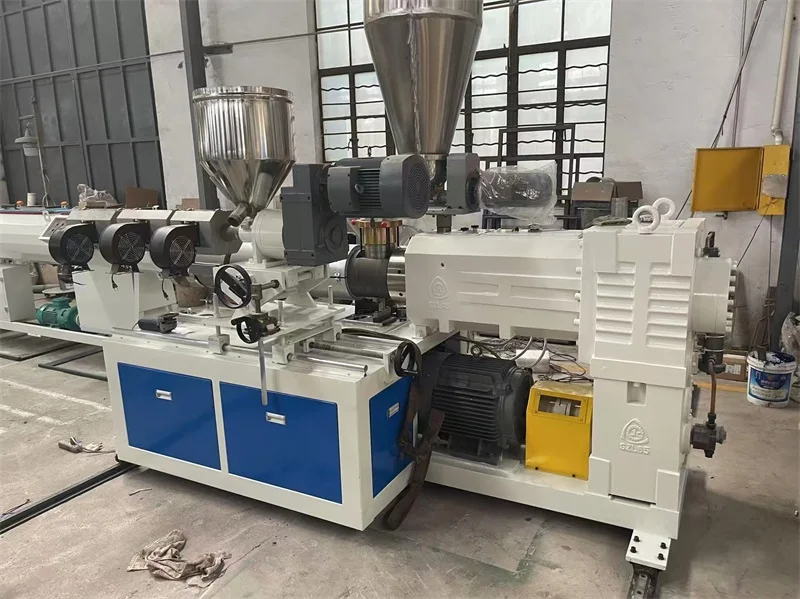In the realm of manufacturing and engineering, electrical mechanical assembly plays a pivotal role in bringing together intricate components to create functional and efficient systems. This article delves into the depths of electrical mechanical assembly, exploring its significance, processes, and the expertise required to excel in this field.
- Understanding Electrical Mechanical Assembly:
Electrical mechanical assembly refers to the process of integrating electrical and mechanical components to construct complex systems, such as machinery, vehicles, or electronic devices. It involves meticulous planning, precise execution, and a deep understanding of both electrical and mechanical engineering principles. - The Importance of Electrical Mechanical Assembly:
Efficiency and Reliability: A well-executed electrical mechanical assembly ensures the seamless functioning of various components, resulting in enhanced efficiency and reliability of the final product.
Interdisciplinary Collaboration: Electrical mechanical assembly requires collaboration between electrical engineers, mechanical engineers, and technicians. This interdisciplinary approach fosters innovation and enables the creation of cutting-edge technologies.
- Key Steps in Electrical Mechanical Assembly:
Design and Planning: The process begins with meticulous design and planning, considering factors such as component compatibility, spatial constraints, and safety regulations. Computer-aided design (CAD) software plays a crucial role in visualizing and optimizing the assembly process.
Component Selection and Procurement: Choosing the right components is vital for a successful assembly. Factors such as quality, compatibility, and cost-effectiveness are carefully evaluated during the procurement process.
Assembly and Integration: Skilled technicians meticulously assemble the components, following precise instructions and utilizing specialized tools. This step demands attention to detail, as even minor errors can lead to system malfunctions.
Testing and Quality Assurance: Rigorous testing and quality assurance procedures are conducted to ensure the functionality, durability, and safety of the assembled system. This includes electrical testing, stress testing, and compliance with industry standards.
- Expertise and Skills Required:
Electrical and Mechanical Engineering Knowledge: A deep understanding of electrical and mechanical engineering principles is essential to comprehend the intricacies of component integration and system functionality.
Technical Proficiency: Proficiency in using specialized tools, equipment, and software is crucial for precise assembly and troubleshooting.
Attention to Detail: Meticulous attention to detail is necessary to identify and rectify any errors or inconsistencies during the assembly process.
Problem-solving Abilities: Electrical mechanical assembly often presents complex challenges that require analytical thinking and problem-solving skills to overcome.
- Applications of Electrical Mechanical Assembly:
Automotive Industry: Electrical mechanical assembly is vital in the production of vehicles, where intricate systems such as engines, transmissions, and electrical controls must seamlessly work together.
Consumer Electronics: The assembly of smartphones, laptops, and other electronic devices relies heavily on electrical mechanical expertise to integrate various components and ensure optimal performance.
Industrial Machinery: Complex machinery used in manufacturing, such as robotics, assembly lines, and automated systems, heavily rely on electrical mechanical assembly for their efficient operation.
Conclusion:
Electrical mechanical assembly is a fascinating field that combines precision, innovation, and interdisciplinary collaboration. From designing and planning to testing and quality assurance, each step requires expertise and attention to detail. By understanding the intricacies of electrical mechanical assembly, we can appreciate the remarkable technologies that shape our modern world.



